What is Reverse engineering?
Reverse engineering is the process of determining the technological principles of a device, object, or system by analyzing its structure, function, and operation. It often involves analyzing its operation in detail to be used in maintenance or to create a new device or program that does the same job without copying anything from the original.
The purpose is to deduce design decisions from final products with little or no additional knowledge about the procedures involved in the initial production.
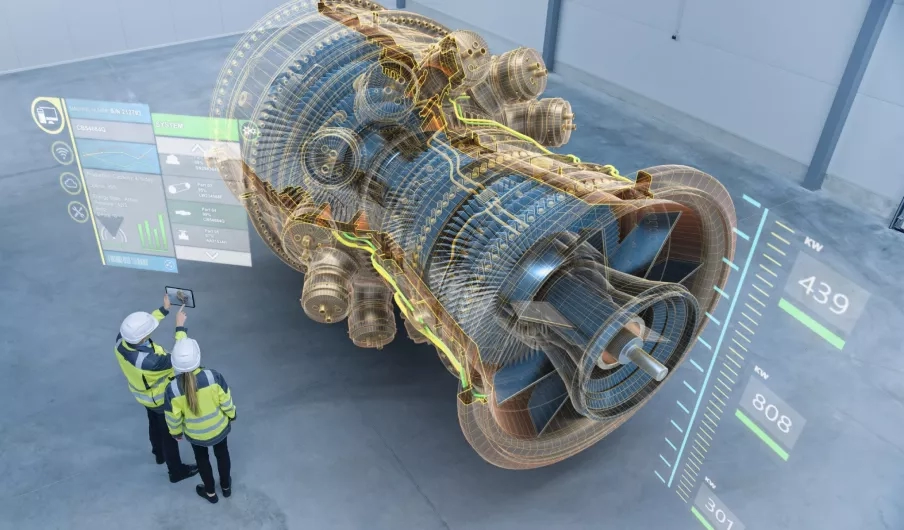
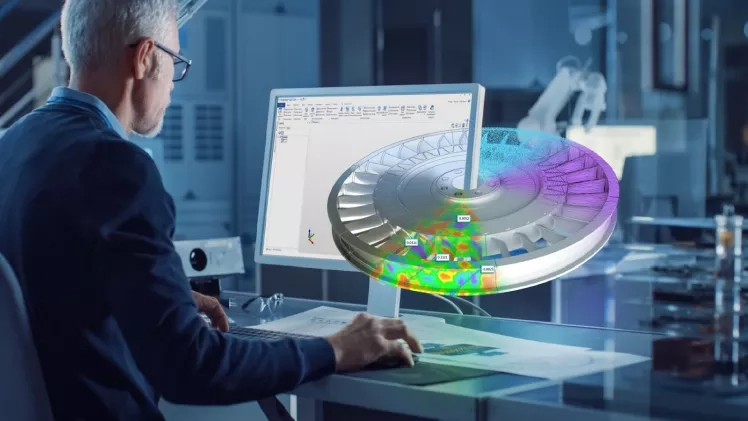

Key benefits of reverse engineering
Complete design data
It helps you fill in the gaps in your CAD model and make the necessary edits to prepare for mass production
Refresh out of date designs
Provide you with a foundation to change the
part and upgrade it to comply with modern
performance standards
Discover vulnerabilities
It breaks a component down to its various functions, enabling you to find any vulnerabilities in your current design
Conduct competitor analysis
Reverse engineer a competitor's product to see
how it differs from others on the market which
helps you develop cheaper alternative solutions
Reverse engineering solutions we offer
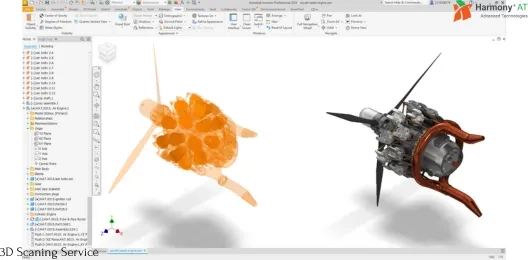
Part scanning services
Based on 3D scanning technologies, we can reproduce engineering design drawings for the entire product or product parts. In addition, our engineers replicate the parts as the first step of the reverse engineering process
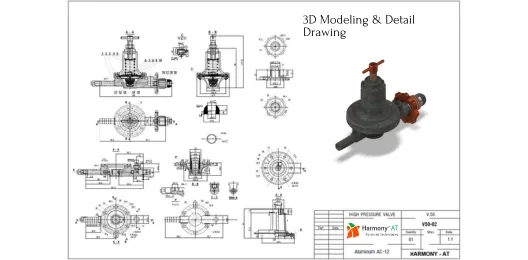
Drawing and modeling
Our reverse engineering experts are extensively trained on the essential drawing and modeling tools, which means we can develop all the technical drawings required for your reverse engineering project in any desired format.
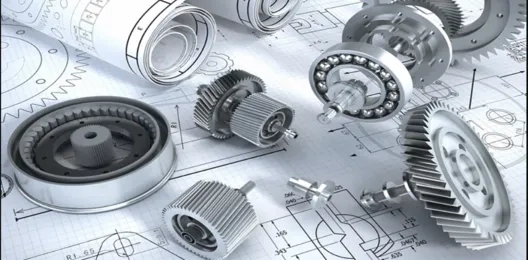
Benchmarking services
Utilizing reverse engineering to find out the strengths and weaknesses of a product, benchmarking can be used to identify upgrades that will optimize the final product.
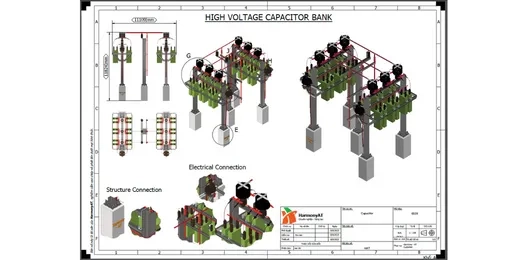
Detailed part specifications
We give you the exact specifications of the part so you know precisely what you have and what you will need in the future, which enables you to identify the exact way to create a product.
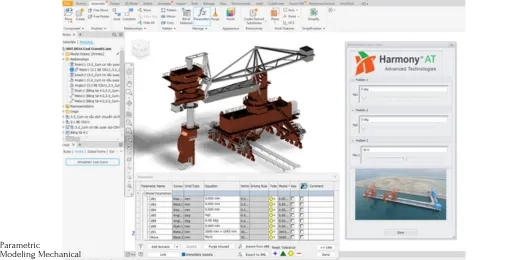
Parametric modeling
Our team implements parametric modeling, including dimensions, pattern instances, wall thicknesses, hole diameters and depths, and so on, to create different configurations of designs. This helps predict how the product will be affected throughout its lifecycle.
Two main steps are required to provide you with a CAD model that meets your expectations
3D measurement with 3D scanner
Our skilled engineers will consider which measurement method is best suited to measure the physical shape of the part using 3D scanning technology based on the part size and geometry, accuracy requirements, and application goals. 3D scans will be transformed into points, surfaces, solid models, and other representations. This data is frequently used to define or analyze complex geometry and can be critical in complete reverse engineering operations.
Reverse engineering
After collecting 3D scan data, we can measure and extract 2D and 3D geometry from the raw scan to aid in creating surfaces and CAD features. The 3D model is constructed using CAD design tools, and the raw 3D scan data is used as a reference. We can develop CAD deliverables from this approach to fulfill any application needs, accuracy criteria, and file types, such as STEP and IGES, or in native formats like SOLIDWORKS, Creo, UG/NX, Inventor, and Catia.


